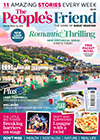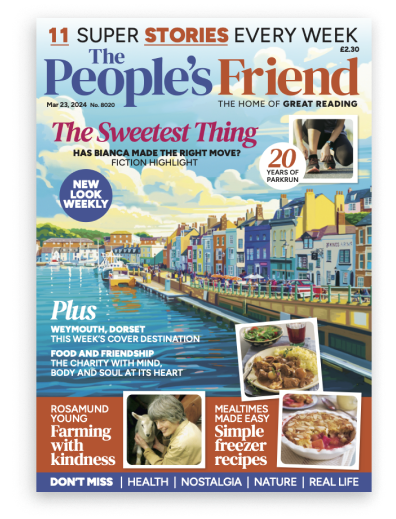What Makes A Good ‘People’s Friend’ Story?

If you’d like to enter our Writing Bursary Competition, you might be wondering – what makes a good ‘People’s Friend’ story?
It’s All About The Reader
To submit successfully, know your audience – and write for your reader.
All stories submitted, including those put forward for consideration in our Writing Bursary Competition, must be suitable for publication in the magazine.
Language and tone must be appropriate, and for the purposes of this competition, your story should fit one of the following genres – Romance, Comedy, or Thriller.
For the best chance of success, tailor your story to the people who’ll be reading it.
Understand The Magazine
To write successfully for the magazine, it helps to have some understanding of its 155-year heritage – there’s lots on this on our website.
Read the magazine regularly, as this allows you to build up a picture of the reader.
The magazine moves with the times, but fiction remains at its heart; dependable, family-friendly entertainment, suitable for bedtime reading.
Stories should reflect modern life, while respecting readers’ traditional outlook.
Strong Characters
Our readers like strong, memorable characters, with main characters usually being female.
Readers need to feel a connection with your characters, and care enough about them to want to read on.
An Intriguing Storyline
Stories need a clear beginning, middle, and end, and should feature the resolution of a situation or difficulty.
Dialogue should sound natural.
A conventional happy ending isn’t essential (although these are welcome), but your story should resolve reasonably positively.
The Bigger Picture
All published ‘Friend’ stories are accompanied by their own illustration, so when you’re writing, it can help to imagine how your story will be illustrated.
A final tip; stories don’t stand alone, they’re part of a ‘mix’, so consider how yours would fit in with the other stories in the magazine.










